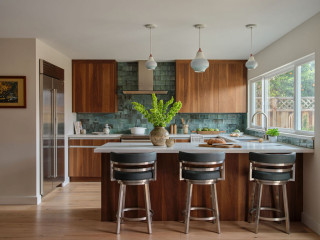
The lighter green bars show how in the 90th percentile of spend, Gen X renovators led the pack, allocating up to $150,000 for projects. The other groups had spends between $120,000 and $125,000.
For kitchen remodels specifically, millennials’ median spend increased from $15,000 in 2023 to $20,000 in 2024. Gen Xers saw a 12% drop in median spend, from $25,000 in 2023 to $22,000 in 2024, while baby boomers spent slightly less year over year, dropping from $24,000 in 2023 to $23,000 in 2024. Seniors also scaled back: Their median kitchen remodel spend dropped from $19,000 to $15,000.
Bathroom remodels present a mixed picture. The median spend for seniors nearly doubled, from $8,500 in 2023 to $15,300 in 2024, while the median spend for millennials declined sharply, from $12,000 to $7,500. The median spend for Gen Xers decreased from $15,000 in 2023 to $13,000 in 2024, while baby boomers remained steady year over year at $15,000.
Your Spring Home Maintenance Checklist
This article was originally published by a www.houzz.com . Read the Original article here. .

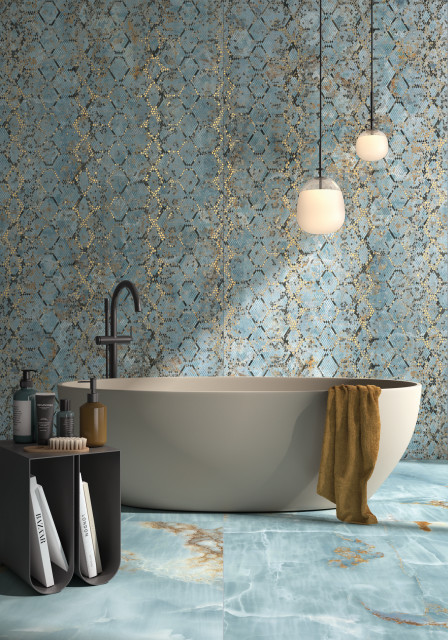



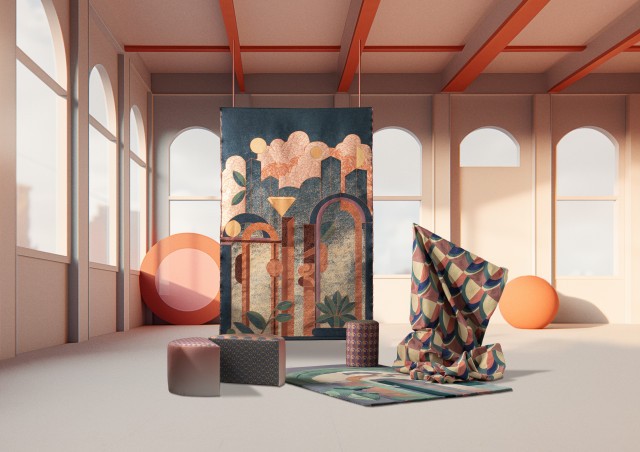

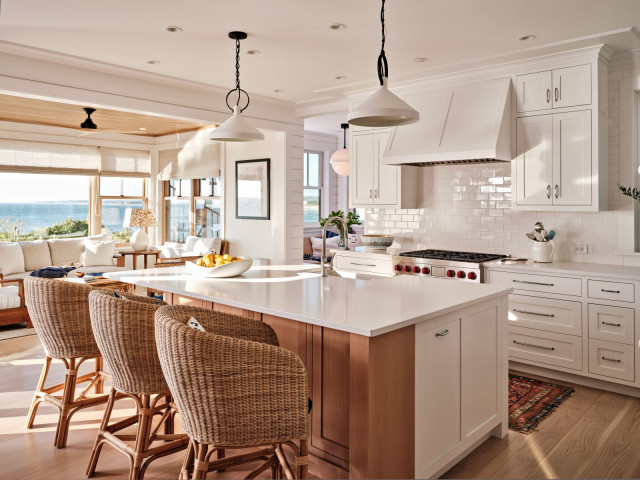
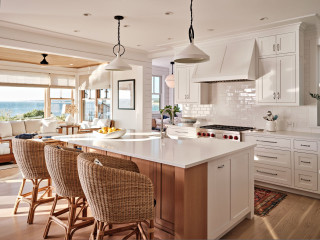

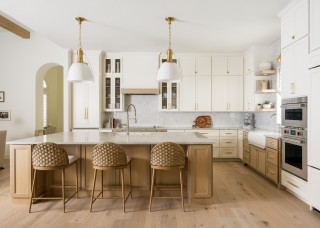


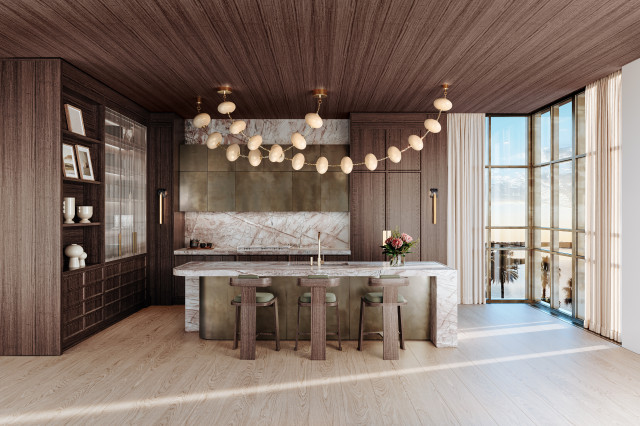



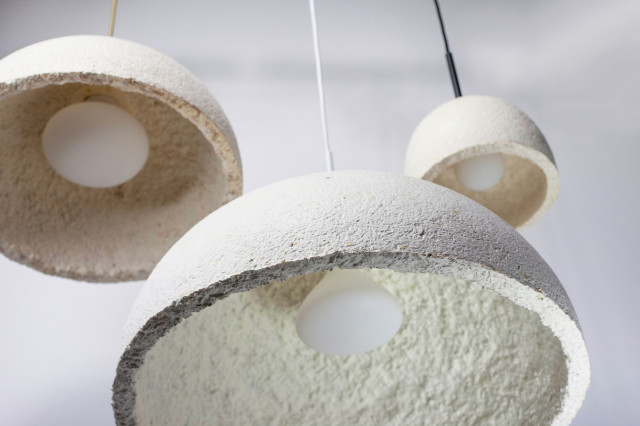


1. Wi-Fi Connectivity and AI Assistance
A growing demand for smarter, more connected appliances throughout the home extends to the laundry room, where washers and dryers that incorporate Wi-Fi connectivity, artificial intelligence and advanced sensors are becoming both standard and more helpful than they seemed in the past. At KBIS this year, most of the biggest players in the laundry game — LG, Samsung, Whirlpool and GE — showed off new or updated machines that used some combination of these technologies to make washing and drying clothes more efficient and foolproof than ever.
The latest LG Signature 29-inch WashTower, pictured here, is a great example of these trends in action. It uses artificial intelligence to analyze fabric types, load size and soil levels, automatically dispensing the correct amount of preloaded detergent and fabric softener and optimizing the wash cycle for better performance. The dryer’s moisture sensor then optimizes the dry cycle to save energy and prevent damage to clothing. The machines can also connect to LG’s ThinQ app, which enables users to adjust settings and start and stop cycles from anywhere, as well as control the machines using voice commands via voice assistants like Amazon Alexa and Google Assistant. A hidden bonus is that this connectivity also allows for automatic software updates, so your appliances can evolve and gain new features over time.
Find remodeling pros near you